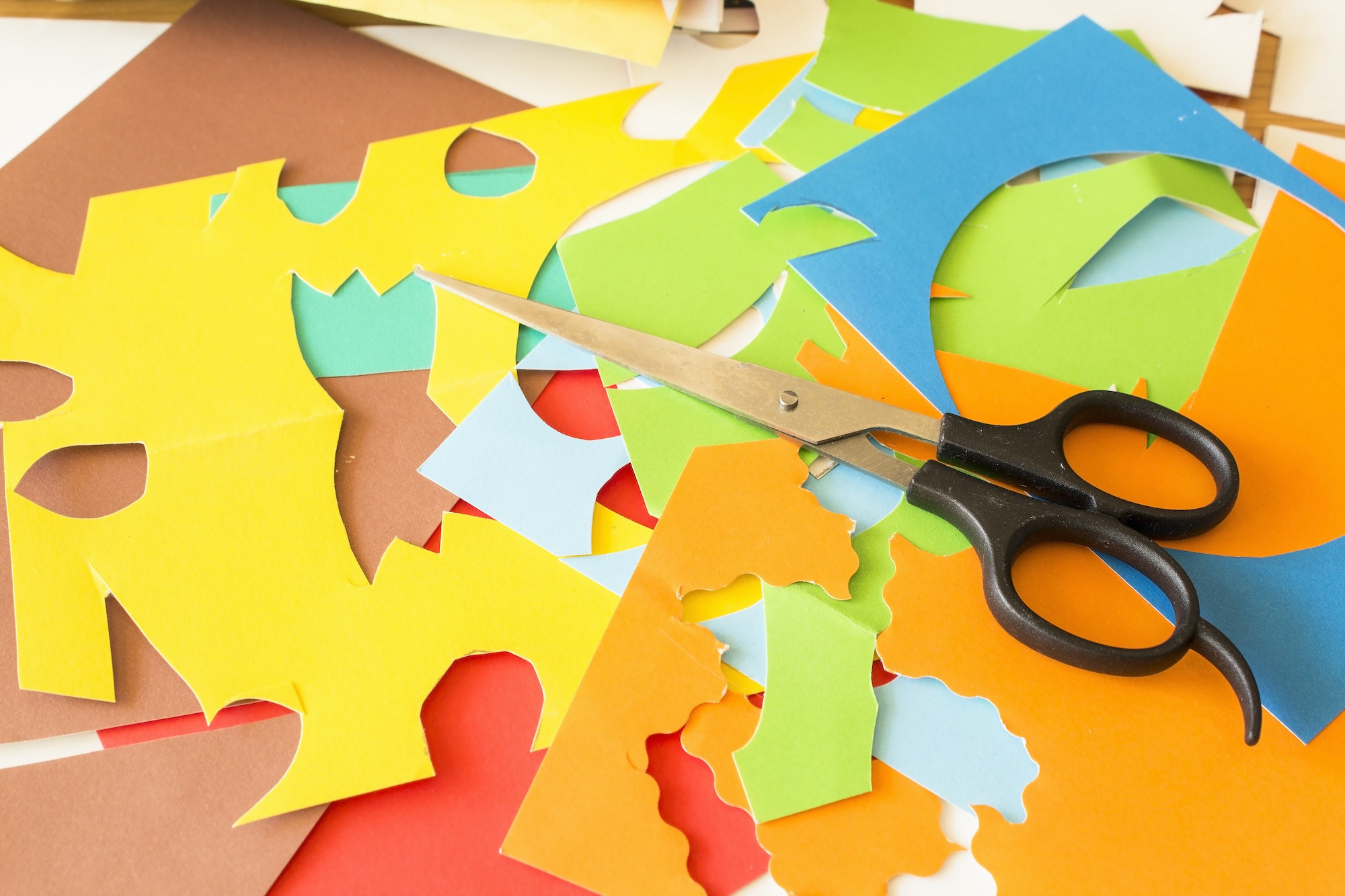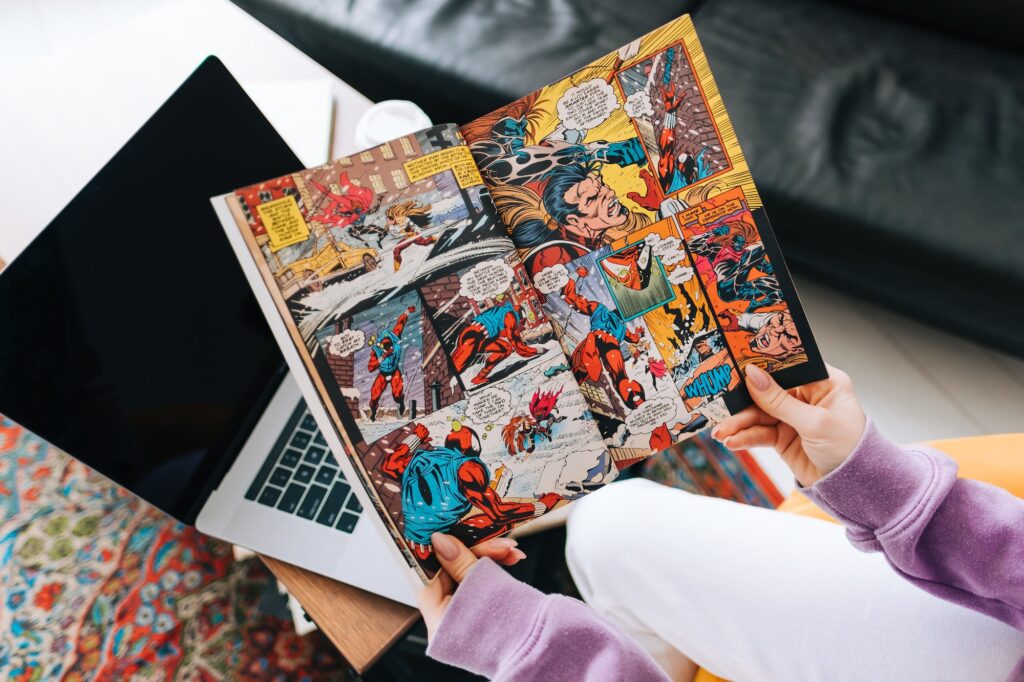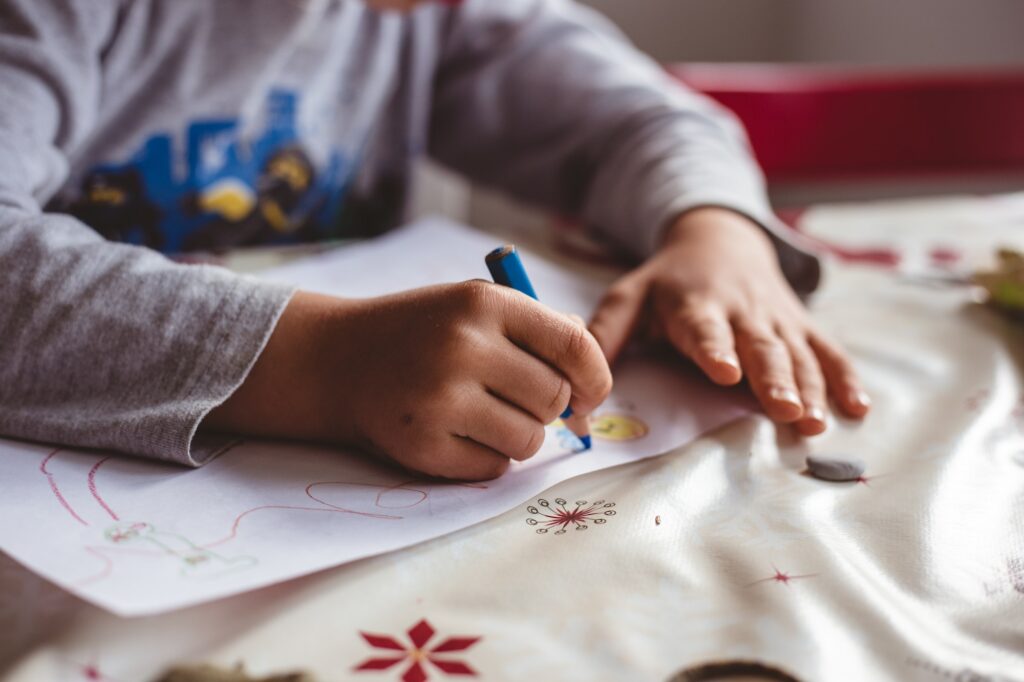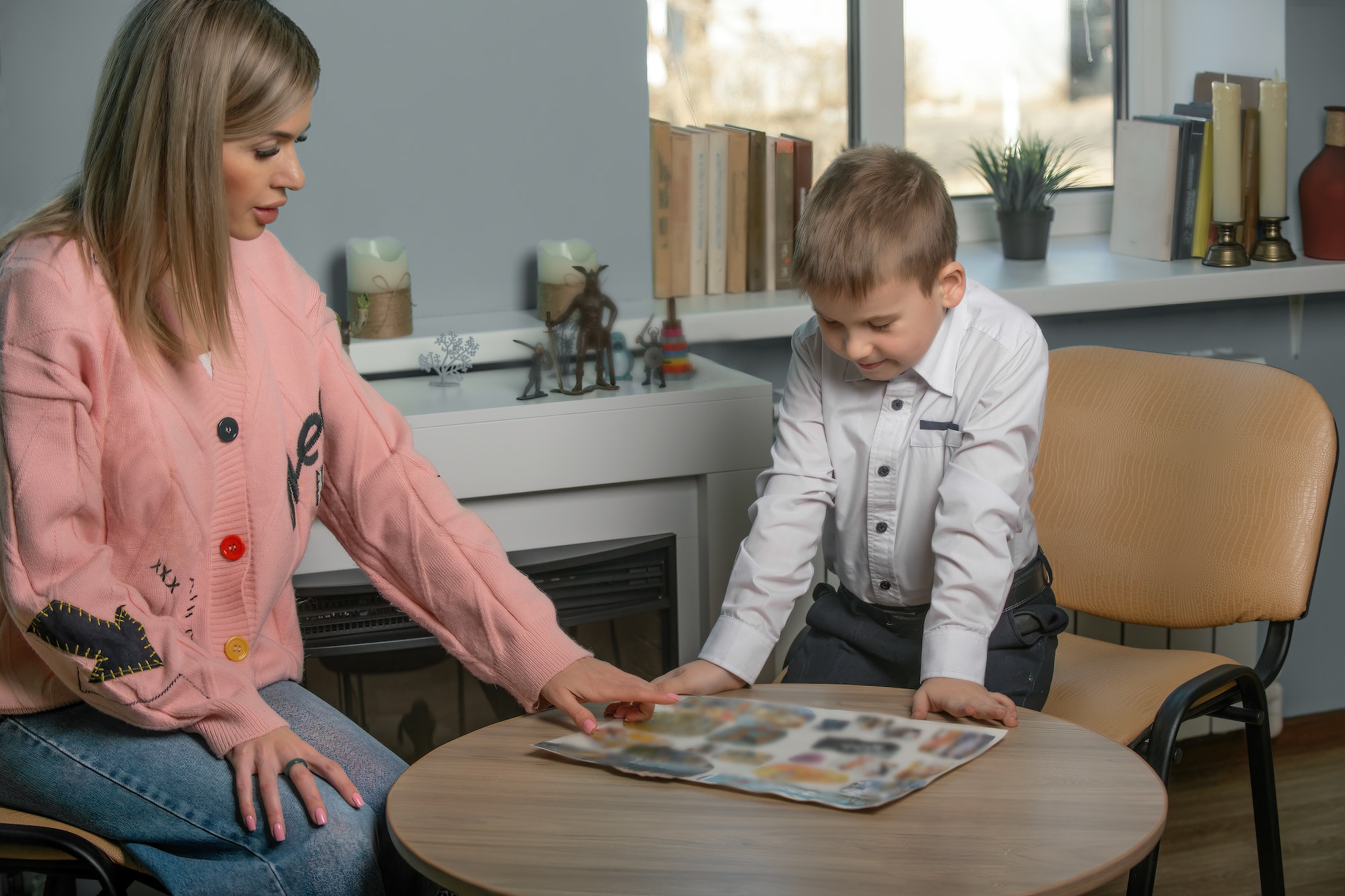Parenting
Art Therapy Activities
Intro to Art Therapy
Art therapy is a powerful and beneficial approach that offers a creative outlet for individuals on the autism spectrum. It provides a safe space for expression, communication, and self-discovery, enabling children with autism to enhance their emotional well-being, social skills, and sensory integration. Art therapy activities tap into the unique strengths and interests of each child, fostering self-confidence, self-awareness, and personal growth. Here are some art therapy activities specifically designed for children with autism:

Sensory-Based Art Activities
Many children with autism have sensory sensitivities. Engaging in sensory-based art activities can help them explore and manage sensory input. Activities may include finger painting, using different textures (e.g., sand, clay, fabric), or creating art with scented materials.

Visual Schedule Collage
Visual schedules are often used to support children with autism in understanding daily routines. Creating a visual schedule collage involves using pictures, symbols, or drawings to represent different activities or tasks. This activity can help children with autism develop a better understanding of their routines and enhance their organizational skills.

Emotion-Based Art
Children with autism may have difficulty expressing their emotions verbally. Art can provide a nonverbal way for them to communicate their feelings. Encourage children to create artwork that represents different emotions using colors, shapes, or expressive marks.

Collaborative Art Projects
Collaborative art activities involve working together on a shared artwork. This can help children with autism develop social skills, cooperation, and turn-taking. For example, a group mural or a large-scale painting where each child contributes a part can foster teamwork and communication.

Comic Strip Creation
Creating comic strips can be an engaging way for children with autism to practice storytelling and sequencing skills. Provide pre-drawn panels and characters, or encourage them to create their own, and guide them in developing a narrative or a series of events.


Therapeutic Drawing
Therapeutic drawing focuses on the process of creating rather than the final product. Encourage children to draw freely without worrying about the outcome. This activity can promote relaxation, self-reflection, and self-awareness.

Puppet Play
Incorporating puppets into art therapy sessions can encourage imaginative play, social interaction, and emotional expression. Children can create their own puppets using various materials, and then use them to act out scenarios or tell stories.


Collage Self-Portraits
Self-portraits allow children to explore and express their self-identity. Instead of traditional drawing, use collage materials like magazines, fabric, and paper to create self-portraits. This activity can promote self-awareness, self-esteem, and self-acceptance.

Mandala Coloring
Mandala coloring involves filling intricate patterns with colors. This activity can promote concentration, relaxation, and sensory integration. Provide a variety of mandala designs and encourage children to choose colors based on their mood or emotions.

Music & Art Fusion
Combine music and art by encouraging children to create artwork inspired by music or while listening to music. They can use different art materials and colors to express the rhythms, melodies, or emotions evoked by the music.
Adjust to Meet Individual Needs
When engaging in art therapy activities with children with autism, it is important to create a safe and supportive environment. Adapt the activities to suit each child’s individual needs, provide clear instructions, and offer positive reinforcement and encouragement. Additionally, collaborating with a trained art therapist or a mental health professional who specializes in working with children with autism can provide valuable guidance and support.
Guide Disclaimer
The following list of autism art therapy ideas is intended for informational purposes only. While art therapy can be a beneficial tool for individuals on the autism spectrum, it is essential to note that each person’s needs and abilities vary. It is strongly advised to consult with a qualified healthcare professional or therapist before engaging in any art therapy activities, especially if you or your loved one have specific medical or psychological concerns. Additionally, ensure that the art materials and techniques used are safe, non-toxic, and suitable for the individual’s age and developmental stage. The suggestions provided in this list are not a substitute for professional advice, diagnosis, or treatment.


